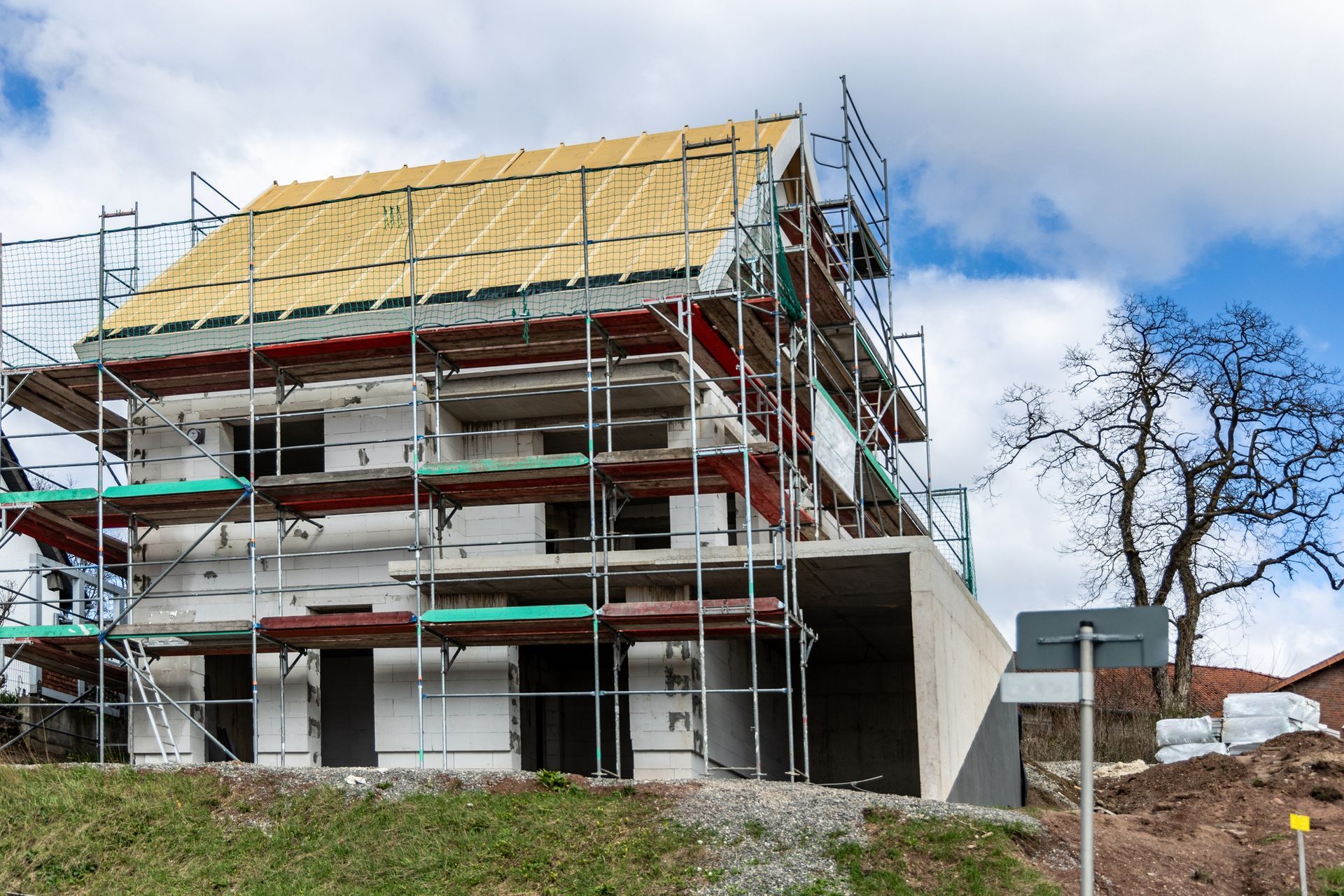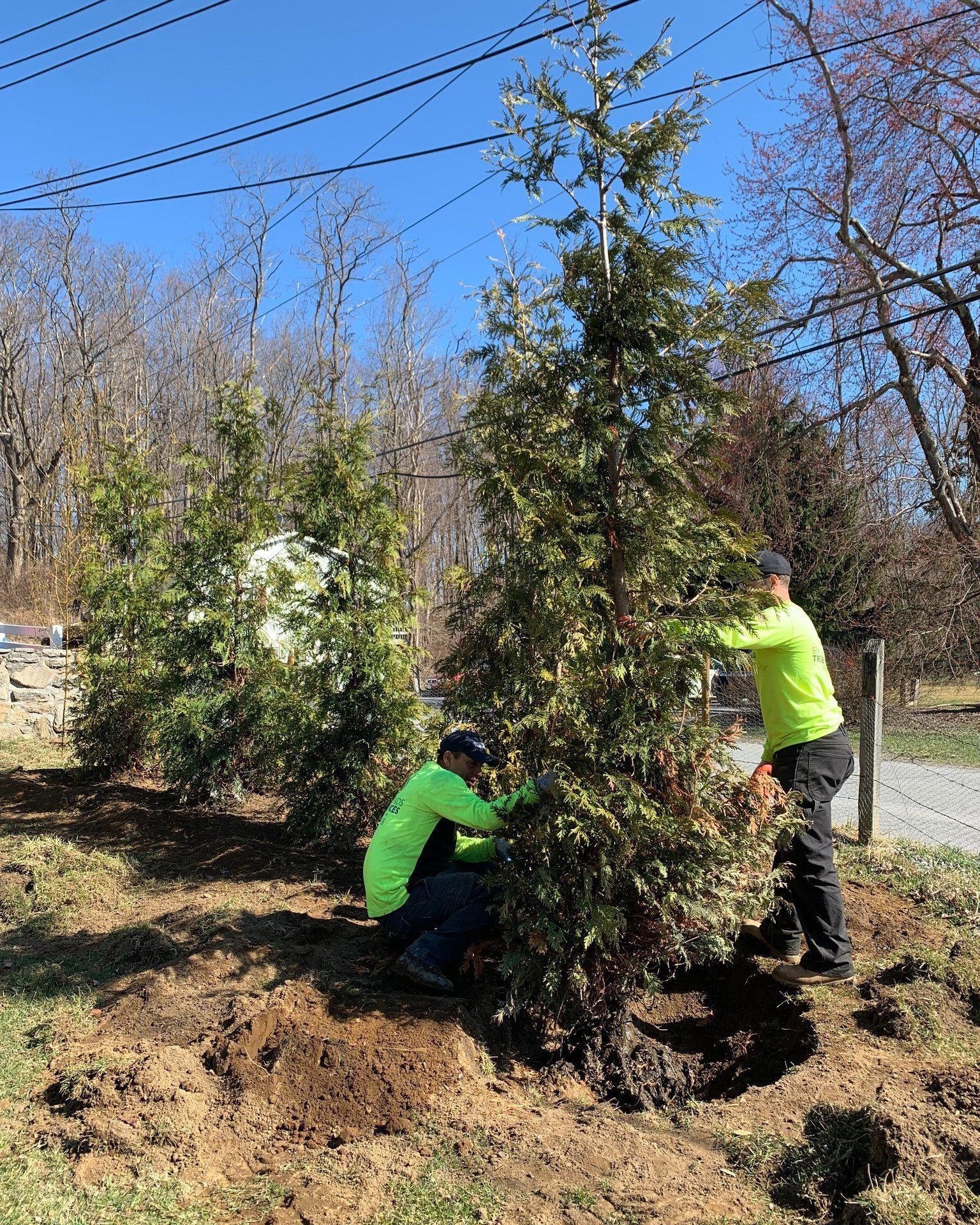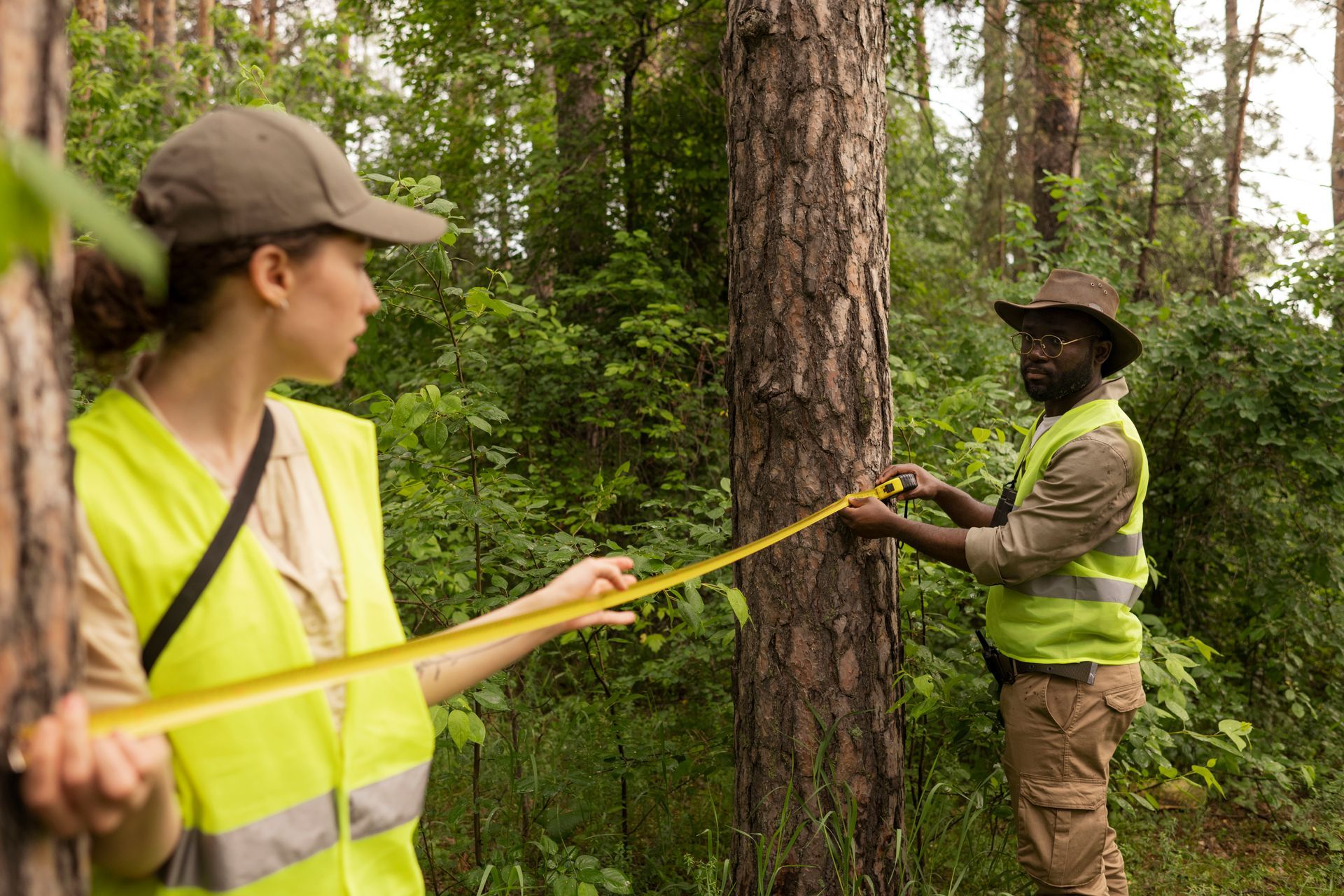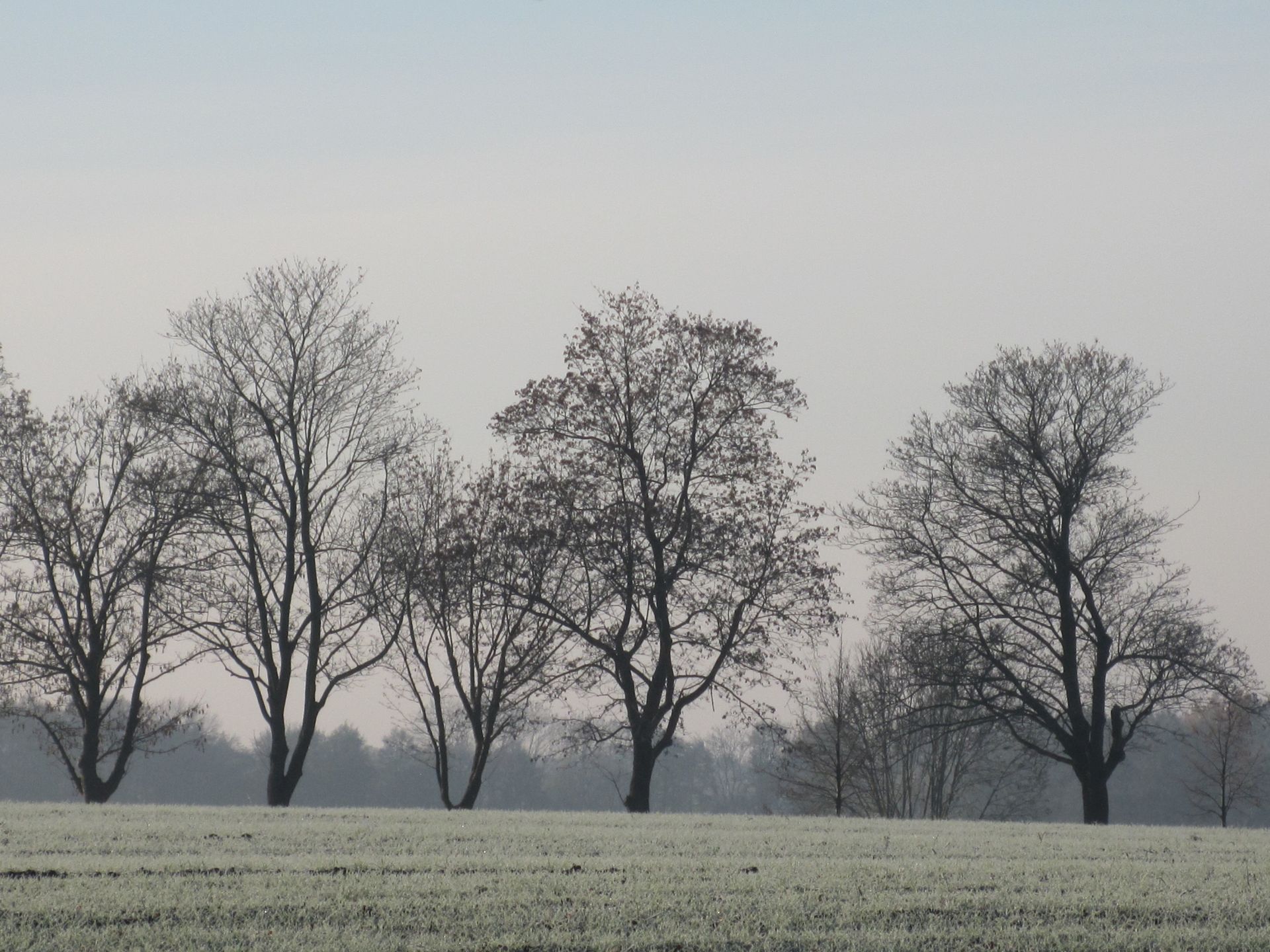Six Diamonds Tree Services, Inc
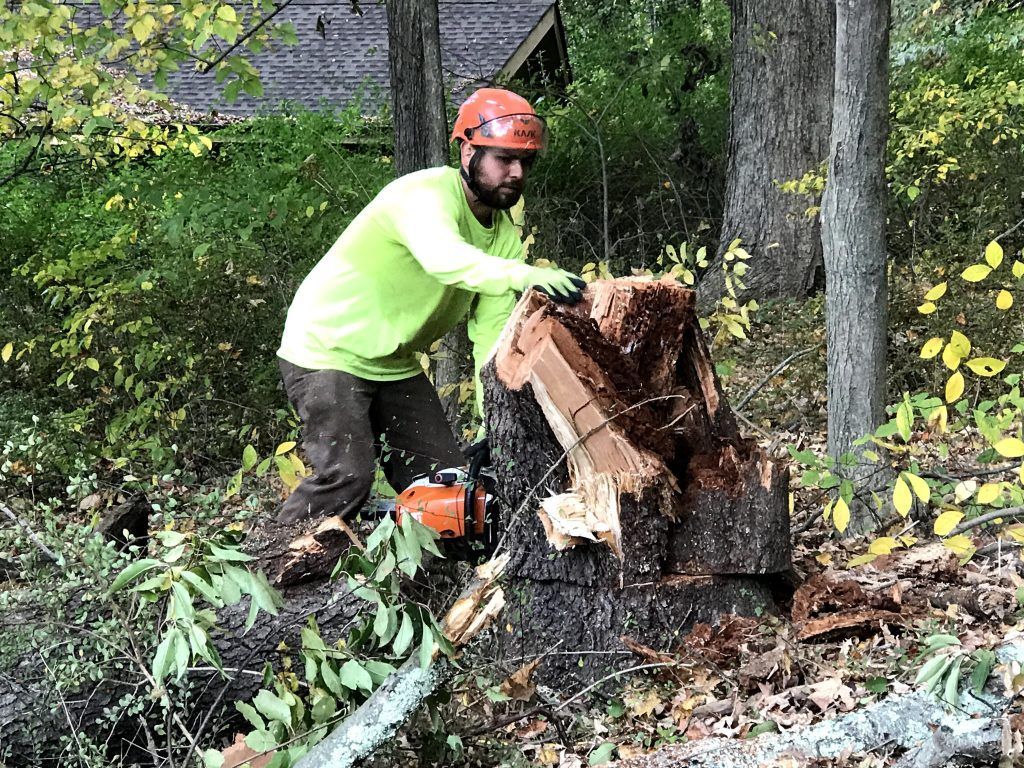
Recently, a client called for our tree service technicians to come out to their home to address a concern with a tree on the property. The tree type in question? Ash Trees. Considering the tree was towering over the client’s home and the recent infestations of EAB in the area, there was a real risk of the foliage coming down on the house. Our experts took care of this issue, using proper equipment and methodology to ensure the property’s safety. Lately, we have often heard of the problems in our community regarding this specific tree type. This week we will discuss identifying Ash Trees and why they may need to be removed from your property.
Ash Trees are a common species of trees in North America, known for their distinctive bark and leaves, as well as their resilience and adaptability. This type of foliage is known to evolve to fit various growing conditions. Unfortunately, in recent years Ash Trees have come under threat from an infected insect named Emerald Ash Borer (EMB). This pest feeds off the bark of Ash Trees, causing damage or killing the plant, turning these tall wonders into significant potential hazards for your home. If you suspect you have an Ash Tree on your property, it’s essential to have it evaluated by a professional. If you are located in any of Six Diamonds’ service areas (Western, CT; Dutchess County, NY; Putnam County, NY; Westchester County, NY), we can send out a technician to do an inspection. If left untreated, these infested trees could spread disease to nearby plant life, causing ill effects to your carefully curated yard. Some distinctive ways to tell if a tree may be an Ash tree are:
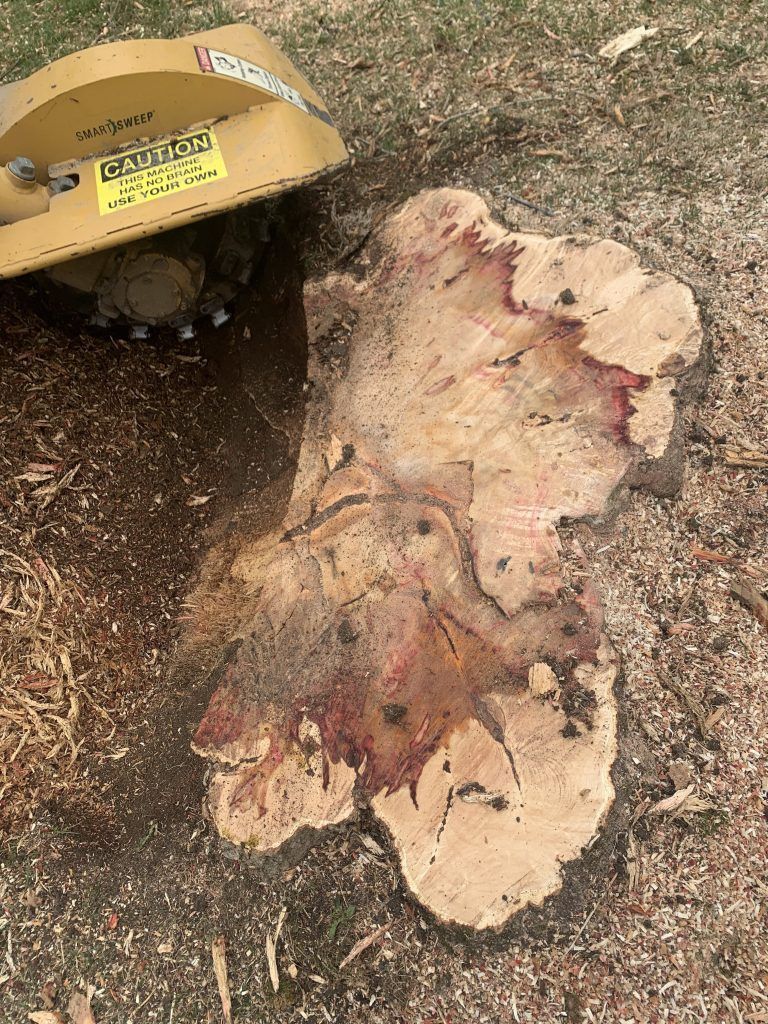
- Look for the tree leaves: Ash tree leaves are opposite and compound, with five to nine leaflets per leaf.
- Observe the bark: Ash trees have smooth, gray bark that becomes fissured as the tree ages.
- Check for buds: Ash trees have diamond-shaped buds that are elongated and slightly furry.
- Look at the branches: Ash trees have branches that grow opposite each other, with a distinct U-shaped crotch between the trunk and the extensions.
- Identifying the fruit: Ash trees produce long, narrow, winged seeds called samaras that hang in clusters from the branch.
- Warning signs, as advised by the D.E.C, that an Ash Tree is infected are Dieback, yellowing, and browning of leaves.
Once you figure out whether or not you may have Ash Trees on your property, you can take the following steps toward saving your yard. It’s recommended that you remove all located Ash trees from your property to prevent the spread of possible diseases that could develop. But this doesn’t have to be a negative thing; this gives way to new opportunities! I recommend taking some time to research new types of trees that you could have as a replacement. If you are in the New York area like me, I would suggest finding plants that are less susceptible to EAB infection. Some species to look into are:
- Maples: Maples are a popular alternative to ash trees, and they come in a variety of species and colors. Including red, silver, and sugar maples.
- Oak Trees: Oak trees are a sturdy and long-lasting alternative to ash trees, and they provide shade, wildlife habitat, and fall color.
- Dogwoods: Dogwoods are an attractive option for small landscapes as they produce showy flowers in the spring and brilliant colors in the fall.
- Linden Trees: Linden trees are known for their heart-shaped leaves, fragrant flowers, and appealing-looking bark.
- Ironwoods: Ironwoods are a slow-growing alternative to ash trees that are known for their striking foliage and storm durability.
These are just a few options, but you can check with a local arborist or tree nursery for more compatible tree species. Be sure to consider your climate as well as the future location of the tree when making your choice. As we have mentioned in previous blog posts, according to the National Deer Association (NDA) “ If someone is sawing down diseased ash that has been hit by EAB, the top could potentially break off and fall before the rest of the tree, or in a different direction. It could end up falling on the chainsaw operator.” This means that it is highly advised to have professional help with the removal of an Ash tree. As always, Six Diamonds Tree Services is here as a partner for any needs you may need in these endeavors. We have over 25 years of experience helping our local communities with their landscaping needs. So, contact us today & let’s get your yard looking better than ever. Free, no-obligation estimates: (845) 878-7888. Service areas include Western, CT; Dutchess County, NY; Putnam County, NY; Westchester County, NY.




